Asia-Pacific airlines are raising ticket prices as travelers return in their droves after holding back on their travel plans last year because of the global recession.
A strong economic rebound, led by China, has resulted in carriers filling more seats during the summer holidays and demand should remain robust despite slower expansion in the second half of this year, industry analysts said.
Singapore Airlines (SIA) said it will raise fares on certain routes from Oct. 1, while Korean Air bumped up ticket prices for international passengers by up to 10 percent last month, its second increase since June.
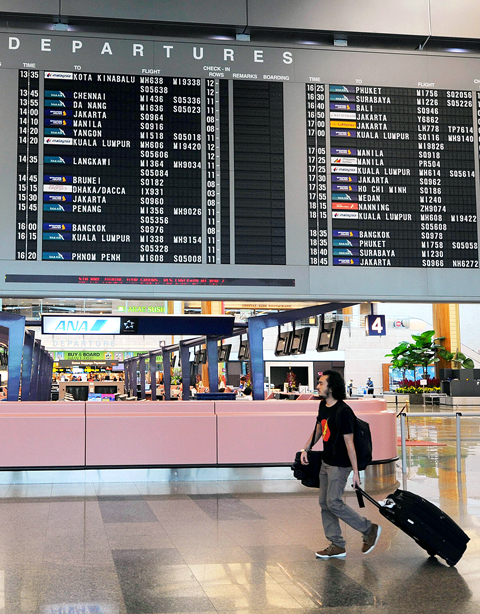
PHOTO: AFP
“Air fares are generally a function of market demand and supply and they are adjusted depending on market conditions,” an SIA spokesman said. “Actual changes in fares also vary from route to route, and a range of fares are offered in different booking classes.”
While the carrier did not give details of the increases, the local Straits Times newspaper said SIA raised fares by as much as US$148 for an economy seat and US$742 for a premium ticket.
More than one million travelers visited Singapore in July, crossing the seven-figure mark for the first time ever in a single month, thanks in part to the attraction of two new casino resorts in the city-state.
Australian flag-carrier Qantas increased its international and domestic fares on July 28 by three percent.
“Pricing is reviewed continuously across all routes, taking into account demand and capacity, competitor activity and business performance,” Qantas said in announcing the price hike.
Hong Kong-based Cathay Pacific and its subsidiary Dragonair posted July passenger traffic figures that were 19.5 percent higher than last year with the pair carrying 2.48 million passengers combined.
But a Cathay spokeswoman declined to comment on whether the carriers had jacked up prices.
“We won’t comment on fares — they differ by market. But [the price] is based on supply and demand,” she said.
The International Air Transport Association (IATA) said in its latest report that it expected global passenger traffic to expand by 7.1 percent this year despite a projected easing of the economic rebound in the second half.
While average airline fares are rising, they are still below levels reached before the US-triggered global economic meltdown that struck in the third quarter of 2008, the global airline trade body said.
The global recession lasted well into last year and IATA estimates that the world’s civil aviation industry lost US$9.4 billion that year.
“Average one-way economy fares are 15 percent higher compared to the 2009 low, but still five percent below the early 2008 peaks,” IATA spokesman Albert Tjoeng said.
Premium airline fares are 10 percent above last year’s lows, but still 20 percent below the pre-recession peaks, he added.
Regional airlines carried a record 17.2 million international passengers in July, up 20.4 percent from the same month last year, according to the latest data from the Association of Asia Pacific Airlines (AAPA).
In the first seven months of the year, the carriers carried 15.6 percent more passengers over the same period last year, it said.
This reflected “growing consumer confidence across the Asia-Pacific region,” AAPA director general Andrew Herdman said.
“Commercial activity has also picked up strongly, leading to a rebound in premium passenger traffic on both regional and long-haul routes,” he said in a recent press statement.
IATA chief Giovanni Bisignani has cautioned however that the airline industry’s recovery will be affected by the forecast slowdown in global economic growth in the second half of this year.
AAPA’s Herdman said airlines were still cautious about expanding seat capacity and adding routes.
“Asian airlines are still focused on careful management of capacity, tight cost controls and ongoing efforts to achieve further productivity improvements as the industry strives to restore profitability after two years of heavy losses,” he said.
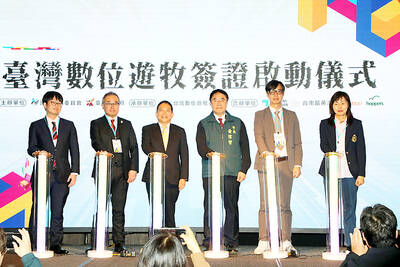
QUIET START: Nearly a week after applications opened, agencies did not announce or promote the program, nor did they explain how it differed from other visitor visas Taiwan has launched a six-month “digital nomad visitor visa” program for foreign nationals from its list of visa-exempt countries who meet financial eligibility criteria and provide proof of work contracts. To apply, foreign nationals must either provide proof that they have obtained a digital nomad visa issued by another country or demonstrate earnings based on age brackets, the Bureau of Consular Affairs said. Applicants aged 20 to 29 must show they earned an annual salary of at least US$20,000 or its equivalent in one of the past two years, while those aged 30 or older must provide proof they earned US$40,000 in
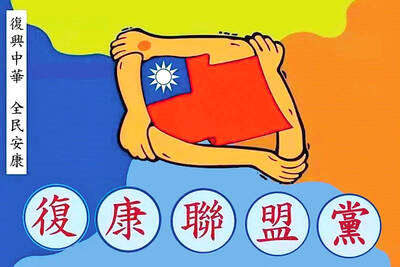
SERIOUS ALLEGATIONS: The suspects formed spy networks and paramilitary groups to kill government officials during a possible Chinese invasion, prosecutors said Prosecutors have indicted seven retired military officers, members of the Rehabilitation Alliance Party, for allegedly obtaining funds from China, and forming paramilitary groups and assassination squads in Taiwan to collaborate with Chinese troops in a possible war. The suspects contravened the National Security Act (國家安全法) by taking photos and drawing maps of key radar stations, missile installations and the American Institute in Taiwan’s headquarters in Taipei, prosecutors said. They allegedly prepared to collaborate with China during a possible invasion of Taiwan, prosecutors said. Retired military officer Chu Hung-i (屈宏義), 62, a Republic of China Army Academy graduate, went to China
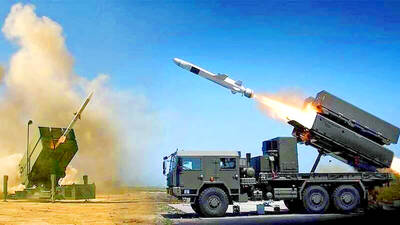
AIR DEFENSE: The Norwegian missile system has proved highly effective in Ukraine in its war against Russia, and the US has recommended it for Taiwan, an expert said The Norwegian Advanced Surface-to-Air Missile Systems (NASAMS) Taiwan ordered from the US would be installed in strategically important positions in Taipei and New Taipei City to guard the region, the Ministry of National Defense said in statement yesterday. The air defense system would be deployed in Taipei’s Songshan District (松山) and New Taipei City’s Tamsui District (淡水), the ministry said, adding that the systems could be delivered as soon as the end of this year. The US Defense Security Cooperation Agency has previously said that three NASAMS would be sold to Taiwan. The weapons are part of the 17th US arms sale to
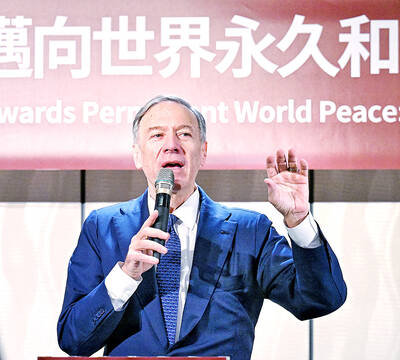
UNITY MESSAGE: Rather than focusing on what Trump said on the campaign trail about Taiwan, Taipei should be willing to engage with the US, Pompeo said Taiwan plays a key role in Washington’s model of deterrence against China, former US secretary of state Mike Pompeo said in a speech in Taipei yesterday. During US president-elect Donald Trump’s first term, “we had developed what we believe was a pretty effective model of deterrence against adversaries who wanted to undermine the set of rules and values that the people of Taiwan and the people of the US hold dear,” Pompeo said at a forum organized by the Formosa Republican Association. “Succeeding in continuing to build this model will not solely rest at the feet of president Trump and his team,